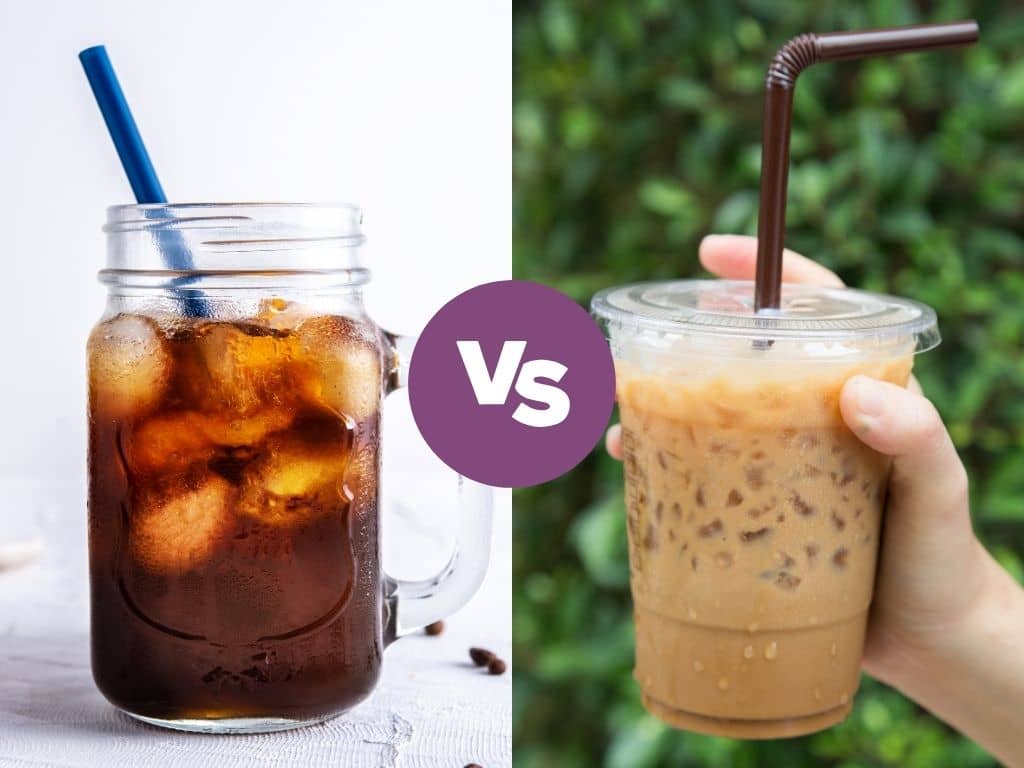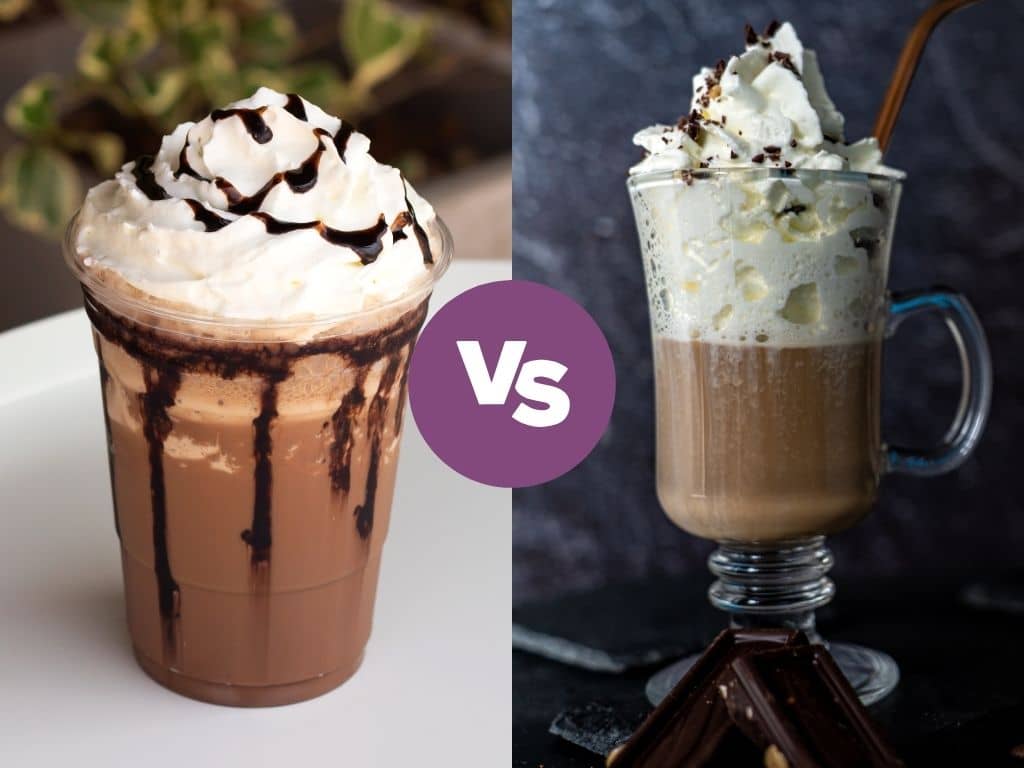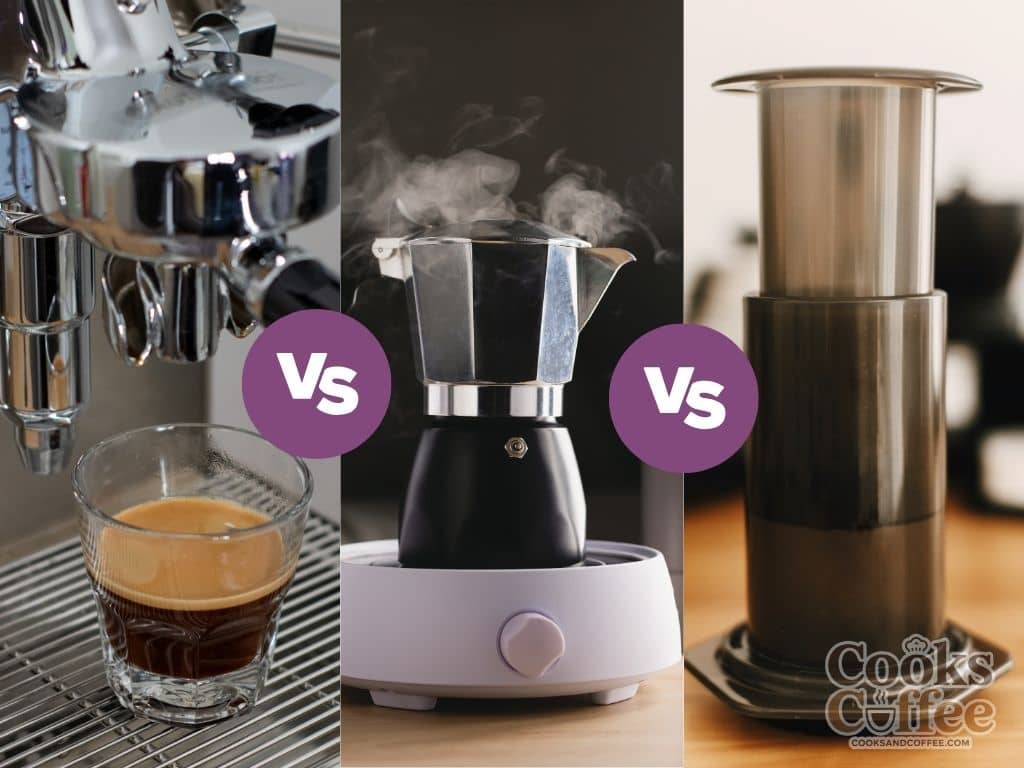
Cold Brew vs. Espresso: Which Has More Caffeine Kick?
Alright, let’s settle this. You’re standing in your favorite coffee shop, staring at the menu. On one side, you have the dark, intense allure of espresso. On the other, the smooth, trendy mystique of cold brew. Your inner caffeine fiend whispers one burning question: which one will really kick me into gear?
We’ve all been there. You want the biggest bang for your buck, the most potent punch in a cup. But the answer isn’t as simple as a yes or no. It’s a classic case of coffee confusion, and I’m here to be your friendly guide through the caffeinated fog. Let’s break this down, once and for all.
The Short Answer? It’s Complicated.
Before we dive into the nerdy details, let me give you the headline: A typical serving of cold brew has more caffeine than a single shot of espresso. There, I said it.
But – and this is a huge but – this is a classic case of comparing apples to oranges. Or more accurately, comparing a concentrated apple orchard to a single, super-dense orange. The strength you feel depends entirely on how you drink it. Are we talking volume? Concentration? Or just the sheer feeling of being wired?
This isn’t just textbook stuff for me. I’ve personally conducted extensive research (by drinking way too much coffee) and have the jitters to prove it. So, let’s get into it.
First, Let’s Define Our Contenders
To understand who wins the strength battle, we need to know what we’re really dealing with. These two drinks are complete opposites in how they’re born.
What Even Is Espresso?
Espresso isn’t a bean; it’s a method. It’s the rockstar of coffee preparation.
- The Process: We force nearly boiling water under high pressure through very finely-ground coffee beans. The whole intense affair takes about 25-30 seconds.
- The Result: A small, concentrated shot of coffee topped with that beautiful layer of crema. It’s thick, syrupy, and powerful in flavor.
- The Vibe: It’s a quick, intense hit. The coffee equivalent of a shot of whiskey.
And What’s the Deal with Cold Brew?
Cold brew is the laid-back, patient cousin of espresso.
- The Process: We steep coarse coffee grounds in cold (or room temperature) water for a loooong time—anywhere from 12 to 24 hours. No heat, no pressure, just time.
- The Result: A coffee concentrate that is remarkably smooth, low in acidity, and subtly sweet. We typically dilute this concentrate with water or milk before drinking.
- The Vibe: It’s a slow, smooth sip. The coffee equivalent of a craft beer.
See? They’re fundamentally different. Now, let’s get to the good stuff: the caffeine showdown.
Round 1: Caffeine Content – The Raw Numbers
This is what you came for. Let’s talk hard stats. IMO, this is where most people get tripped up.
We have to compare equal volumes. We can’t just look at a giant tumbler of cold brew and a tiny espresso cup and declare a winner. That’s not a fair fight.
Let’s break it down by the ounce:
- Espresso: A single 1-ounce shot of espresso contains approximately 64 milligrams of caffeine. A double shot? You’re looking at around 128 mg.
- Cold Brew Concentrate: This is the potent stuff straight from the steep. Per ounce, it can pack a massive 80-100 milligrams of caffeine. Sometimes even more, depending on the recipe.
So, ounce for ounce, cold brew concentrate is actually more caffeinated than espresso.
But wait! Hold on. You don’t typically drink cold brew concentrate straight (unless you’re a maniac, and hey, no judgment). You dilute it.
A standard cold brew drink at a café is usually a 1:1 ratio of concentrate to water or milk. So, that 16-ounce cup you’re holding likely contains 8 ounces of concentrate and 8 ounces of dilutant.
- A typical 16-oz cold brew drink = roughly 200 mg of caffeine (using 8 oz of concentrate at ~25 mg per oz).
- A double shot of espresso = roughly 128 mg of caffeine.
So, your average serving of cold brew will absolutely have more caffeine than your average serving of espresso. Mind blown, right?
The Winner: Cold brew takes the crown for total caffeine per serving.
Round 2: Concentration & “Strength” – A Perception Game
But here’s the twist: “stronger” isn’t just about caffeine. It’s about perception. When you slam a shot of espresso, it feels stronger. Why?
It’s all about intensity and immediacy. Espresso hits your palate all at once. It’s a dense, powerful flavor explosion that can be bitter and intense. Your brain interprets that bold, aggressive flavor as “strong.”
Cold brew, on the other hand, is a smooth operator. The long, cold steeping process extracts the sugars and other soluble solids differently, resulting in a less acidic and much smoother taste. It goes down easy. Your brain might think, “This is mild,” even while your body is absorbing a tidal wave of caffeine.
So, while cold brew has more caffeine, espresso tastes and feels stronger because of its concentrated flavor profile. Ever wondered why you can chug a large cold brew but need to sip an espresso? That’s why.
The Winner: Espresso wins for perceived strength and flavor intensity.
So, Which One Should You Choose?
This isn’t just about science; it’s about your goal. What are you trying to achieve with your cup of joy?
Choose Espresso If:
- You need a quick, immediate caffeine hit. It’s efficient and fast-acting.
- You love intense, robust coffee flavors. You enjoy the ritual of sipping something powerful.
- You want a base for other drinks. Lattes, cappuccinos, and americanos all start with this mighty shot.
Choose Cold Brew If:
- You want a high caffeine content that you can sip over time. It’s a slow-release energy source.
- You have a sensitive stomach and hate acidity. Cold brew is famously smooth and less likely to cause acid reflux.
- You prefer a sweeter, smoother coffee experience without adding sugar. The cold brew process naturally highlights these notes.
FYI, my personal go-to on a busy writing day is a large cold brew. I get a sustained energy boost without the crash. But when I need an instant pick-me-up before a meeting? It’s espresso all the way.
Beyond the Buzz: Flavor, Acidity, and Versatility
Caffeine isn’t everything. The real beauty of coffee lies in its flavor, and these two methods produce wildly different results.
- Flavor Profile: Espresso is all about those rich, caramelized, sometimes chocolaty or nutty notes, with a signature bitterness. Cold brew highlights the inherent sweetness of the bean, often bringing out chocolate, fruity, or even floral notes that heat can mask.
- Acidity: This is a big one. The heat in espresso extraction pulls out more acids, giving it that bright, sometimes sharp tang. Cold brew’s cold extraction leaves most of those acids behind in the grounds, resulting in a drink that’s mellow and easy-drinking.
- Versatility: Both are superstars. Espresso is the foundation of the entire milk-based coffee universe. Cold brew concentrate is amazing on its own, but you can also use it for killer coffee cocktails, smoothies, or even in baking.
The Final Verdict: Who Wins?
So, is cold brew stronger than espresso? It depends on how you define “stronger.”
- If by “stronger” you mean “has more caffeine in a typical serving,” then YES, cold brew wins.
- If by “stronger” you mean “has a more intense, concentrated flavor per ounce,” then NO, espresso wins.
It’s a tie, but a useful one! You’re now armed with the knowledge to choose your warrior based on your mission.
The best part? You don’t have to pick a side. I’m a proud member of Team Both. There’s a time and a place for each of these incredible brewing methods.
The real winner here is you, because you get to enjoy all the amazing forms coffee can take. So next time you’re at that menu, you won’t stare in confusion. You’ll know exactly what you’re ordering and why.
Now, if you’ll excuse me, all this coffee talk has made me need a coffee. What should I have? 🙂
What’s your preferred caffeine weapon? Let me know your thoughts



